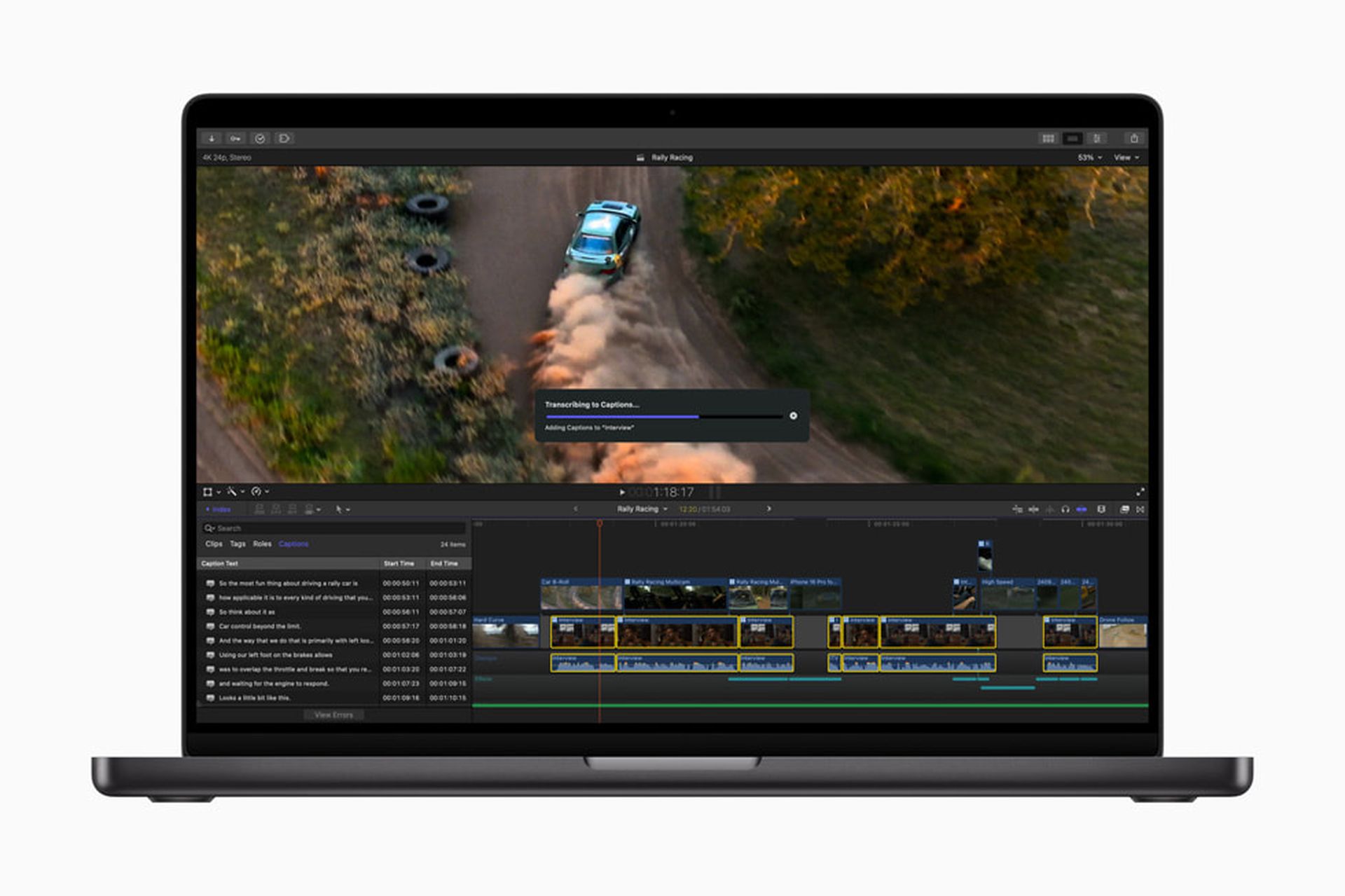Apple’s latest update to Final Cut Pro, now version 11, marks a notable evolution in professional video editing software, bridging a decade-long gap since its previous major release. This update introduces a host of powerful features reflecting Apple’s renewed commitment to professional creatives, alongside an array of other exciting advancements in their software suite.
New features that enhance creativity and efficiency
Final Cut Pro 11 arrives with an impressive lineup of new tools, including AI-powered masking, the ability to generate captions directly in the timeline, enhanced features for spatial video editing, and several workflow improvements. Current users can access the update for free, while new users can secure the software for a one-time purchase of $299.
Among the standout features is the Magnetic Mask, which makes isolating subjects from the background easier than ever. With just a click, users can adjust colors only for the chosen subject—streamlining a typically tedious process. This function has shown impressive results, efficiently isolating subjects even in complex scenarios, such as action shots or static talking heads, although minor adjustments may still be needed for optimal precision.

Furthermore, automatic caption generation—a notable feature utilizing an in-device Apple-trained language model—makes video content more accessible. Despite the speed of this feature, it’s not without limitations; accuracy can suffer, with the system occasionally misspelling words and struggling with proper nouns. This means for those looking to utilize captions effectively, especially for platforms like TikTok, additional work may be necessary.
Spatial video editing capabilities have been expanded to cater to the Vision Pro, making it easier for creators to tailor their content for immersive experiences. Coupled with new keyboard shortcuts, such as moving clips between layers more fluidly, the update promotes a smoother editing workflow.
Reviving a legacy: A return to professional-grade software
Reflecting on Apple’s path with Final Cut Pro, it’s essential to acknowledge the tumultuous journey since the launch of Final Cut Pro X in 2011. Initially reborn with a complete overhaul, the software faced backlash for lacking many essential features that users had relied upon. This led to a decline in its popularity among professional editors, with some even petitioning for Apple to sell the software to another developer.
Fast forward to 2024, Apple has committed to reviving Final Cut Pro’s former glory. The introduction of Final Cut Pro 11 signals a turnaround; the application is now equipped with not only new features but also a bolstered commitment to furthering development for professional users. The frequency of updates and the continued addition of features reflect a proactive approach, suggesting Apple is serious about retaining and attracting back its professional user base.
This commitment also extends to the Final Cut Pro offerings on the iPad, which received several updates, including AI-enhanced tools that improve light and color quickly and effectively. New modular transitions and audio tracks have also been added, enhancing the editing capabilities on mobile devices.

With the introduction of Final Cut Camera, users can now record in HEVC format, significantly reducing storage needs without sacrificing quality. The ability to monitor color and exposure with LUT previews and the addition of a level indicator to aid framing during shoots are notable upgrades, echoing Apple’s intentions of catering to the needs of creators in today’s fast-paced media environment.
Many modern creators seek all-in-one solutions for video, audio, and photo editing, and the latest updates position Apple as a formidable player against platforms like Adobe, while providing the hardware to run its software smoothly.
Final Cut Pro 11 not only improves upon past iterations but also gives a nod to the professional market that Apple has been criticized for overlooking in recent years. By focusing on delivering robust, functional, and updated tools for video editors, Apple is laying the groundwork for a return to form that professional users have desired.
Although the road ahead may still present challenges—like addressing community requests for text-based editing and customizations—Final Cut Pro 11 is undoubtedly a pivotal step in re-establishing Apple’s relevance in the professional editing space as they aim to fulfill the creative ambitions of their users.
Image credits: Apple





